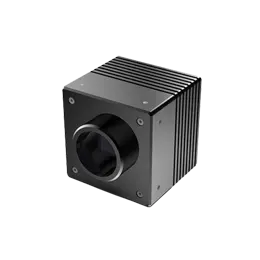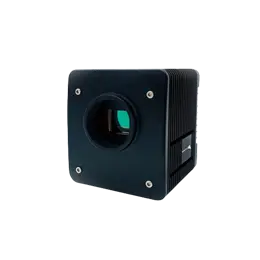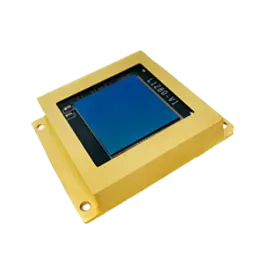Since infrared technology was discovered, it has become more and more important to our lives. At present, the combination of infrared technology and surveillance cameras has brought us more reliable infrared surveillance camera products.
Infrared surveillance cameras are developing and expanding rapidly, while the product types are also constantly diversifying, and the application fields are also further expanding. So what are the common problems of infrared cameras? This article will give you a brief introduction!
Infrared light is invisible light with a wavelength greater than 780nm. Generally, there are two types of infrared lamps in current infrared swir camera. Infrared light is generated using infrared light emitting diodes LEDs or LED arrays.
Infrared cameras generate infrared light by recombining electrons and holes in gallium arsenide (GaAs) semiconductors; using infrared laser diodes, LEDs, can also be used as infrared light sources.
However, it needs to excite or pump electrons in lower energy states to higher energy states, and maintain stimulated emission of infrared light through a large number of particle distribution inversions and resonance.
The relative aperture determines the light-passing ability of the lens, and a lens with a relative aperture of f1.0 transmits four times as much light as a lens with a relative aperture of f2.0. The same camera and infrared lamp are matched with the above two lenses respectively, and the infrared action distance can be doubled.
Large-aperture lenses are four to ten times better than conventional lenses in infrared monitoring. It stands to reason that infrared cameras should become a necessary accessory for infrared night vision monitoring. However, due to high costs and technical difficulties, most manufacturers of infrared products do not have supply capacity.
All black and white cameras are sensitive to infrared light. Infrared light is a stray light for color cameras under visible light conditions, which will reduce the clarity and color reproduction of color cameras. The filter of color cameras is to prevent infrared from participating in imaging.
To make the color camera sense infrared rays, there are two ways to switch the filter to block infrared rays from entering under visible light conditions;
In the absence of visible light, the filter is removed and infrared light is allowed to enter. The short wave infrared camera image obtained by this solution is of good quality, but the cost is high and the switching mechanism will lead to a certain failure rate.
Second, open a specific infrared channel on the filter to allow infrared light with the same wavelength as the infrared lamp to come in. This method does not increase the cost, but the color reproduction is slightly worse.
Due to the different wavelengths of visible light and infrared light, the imaging focus is not on the same plane, resulting in clear images under visible light conditions during the day, but blurry images under infrared light conditions at night, or clear images under infrared light conditions at night, and blurred images under visible light conditions during the day.
It can be solved in three ways, using an integrated china infrared camera with automatic focus; second, using a special focus that does not shift the lens; third, using a professional adjustment tool, it can also achieve no offset under the existing lens conditions.
The use of infrared lamps with a large viewing angle and infrared surveillance cameras with a small viewing angle leads to waste of light. Secondly, it is not that the larger the emission angle of the infrared lamp, the better the picture effect.



